Content Menu
● Understanding the Importance of Elastic in Swimwear
● Types of Elastic Used in Swimwear
>> 1. Rubber Elastic
>> 2. Polyester Elastic
>> 3. Nylon Elastic
>> 4. Cotton Elastic
>> 5. Clear Elastic
● Factors to Consider When Choosing Swimwear Elastic
● The Verdict: What is the Best Elastic for Swimwear?
● Tips for Working with Swimwear Elastic
● Innovations in Swimwear Elastic
● Conclusion
● Videos
● Frequently Asked Questions
>> Q: Can I use regular sewing elastic for swimwear?
>> Q: How often should I replace the elastic in my swimwear?
>> Q: Is it possible to sew swimwear elastic by hand?
>> Q: How do I care for swimwear with rubber elastic?
>> Q: What width of elastic is best for swimwear?
When it comes to creating the perfect swimwear, one crucial element often overlooked by many is the choice of elastic. The right elastic can make the difference between a comfortable, long-lasting swimsuit and one that loses its shape after just a few wears. In this comprehensive guide, we'll dive deep into the world of swimwear elastics, exploring the various options available and ultimately determining which type reigns supreme for your aquatic adventures.
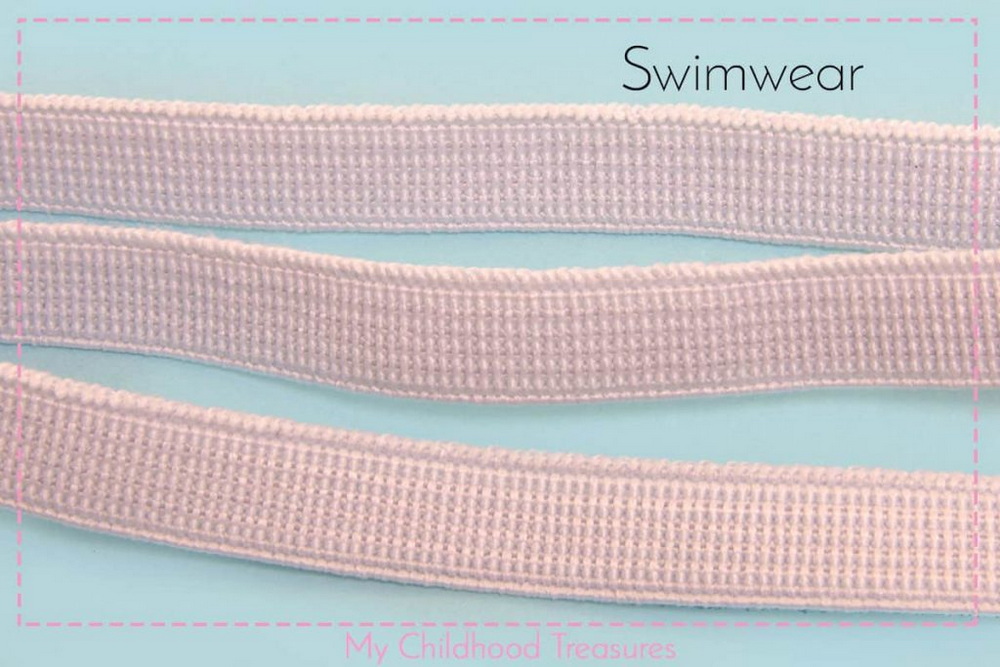
Understanding the Importance of Elastic in Swimwear
Before we delve into the specifics of different elastic types, it's essential to understand why elastic plays such a vital role in swimwear construction. Elastic serves several crucial functions in your favorite bathing suit:
1. Fit and Comfort: Elastic ensures that your swimwear hugs your body in all the right places, providing a snug yet comfortable fit that moves with you as you swim, dive, or lounge by the pool.
2. Shape Retention: A good elastic helps your swimsuit maintain its shape over time, even after exposure to water, sun, and various chemicals.
3. Durability: The right elastic can withstand the harsh conditions of chlorinated pools, saltwater, and sun exposure, ensuring your swimwear lasts longer.
4. Functionality: Elastic allows for ease of movement and prevents your swimsuit from riding up or shifting uncomfortably during water activities.
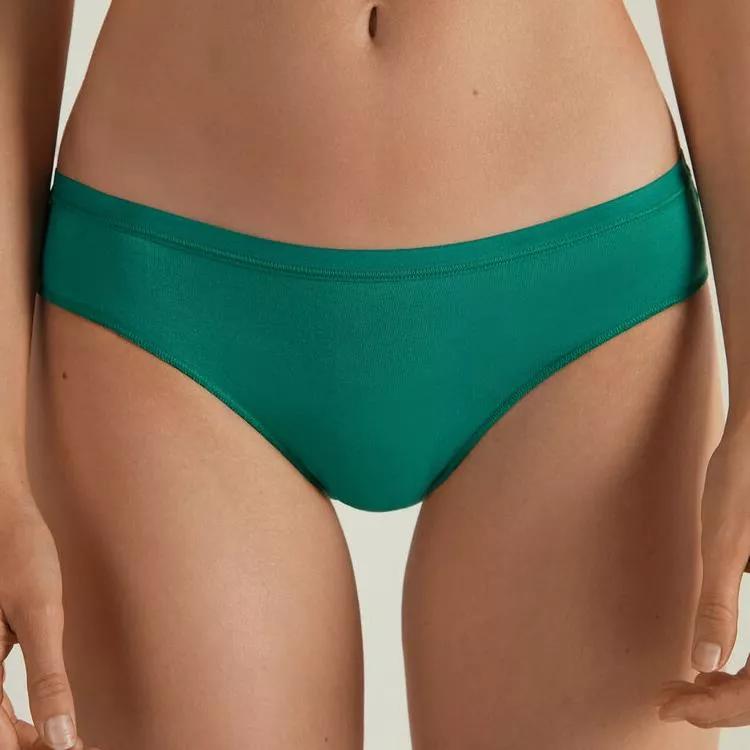
Types of Elastic Used in Swimwear
Now that we understand the importance of elastic let's explore the various types commonly used in swimwear construction:
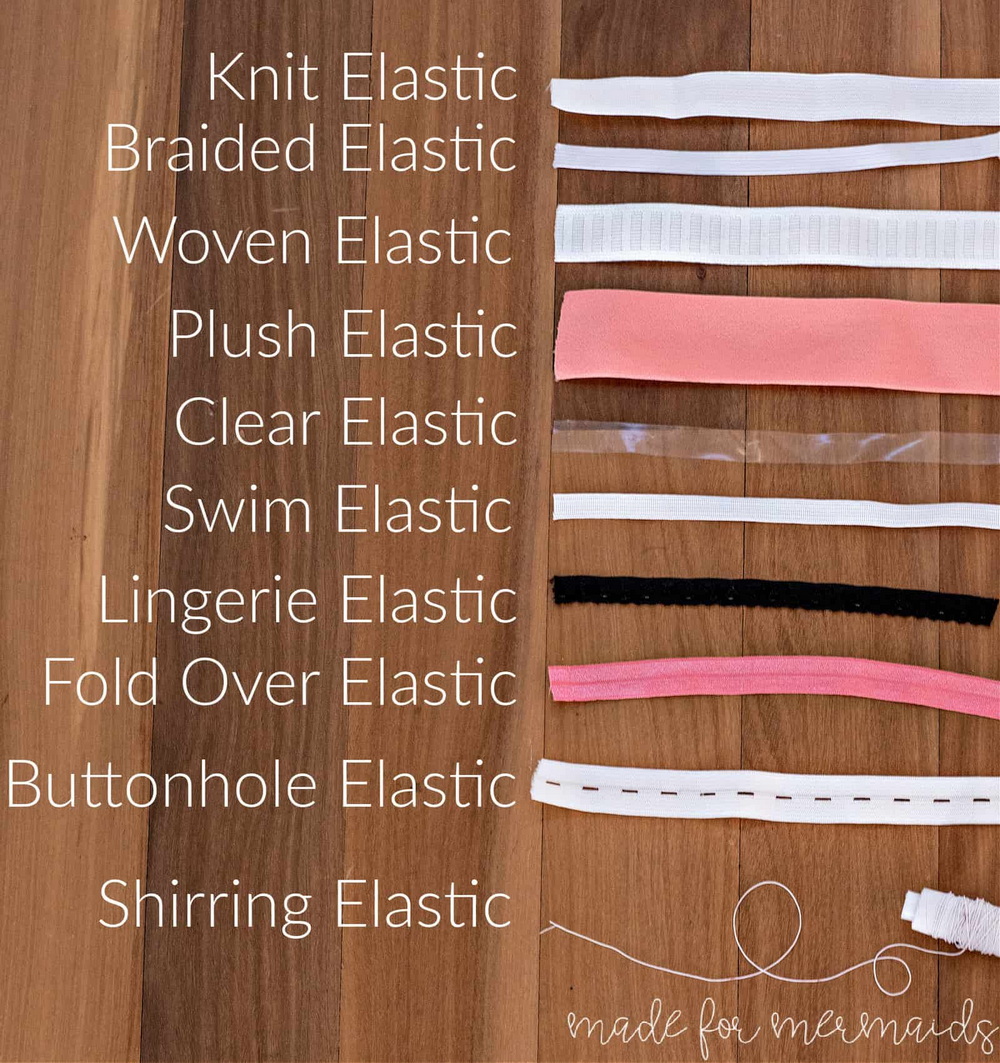
1. Rubber Elastic
Rubber elastic is widely considered the gold standard for swimwear. It offers superior tension and resilience, making it an excellent choice for swimsuits that need to withstand frequent use and exposure to harsh elements. Here are some key advantages of rubber elastic:
◆ Excellent resistance to chlorine, saltwater, UV rays, and suntan oils
◆ Maintains tension and shape even after prolonged use
◆ Provides a snug and comfortable fit
◆ Highly durable and long-lasting
However, rubber elastic may not be suitable for individuals with latex allergies, so it's essential to consider alternatives in such cases.
2. Polyester Elastic
Polyester elastic is another popular choice for swimwear, especially for those seeking a latex-free option. While it may not be as resilient as rubber elastic, it still offers several benefits:
◆ Good resistance to chlorine and saltwater
◆ Retains shape well
◆ Suitable for individuals with latex allergies
◆ Available in various widths and colors
3. Nylon Elastic
Nylon elastic is known for its softness and flexibility, making it a comfortable choice for swimwear. However, it may not be as durable as rubber or polyester elastic when exposed to chlorine and saltwater. Some advantages of nylon elastic include:
◆ Soft and comfortable against the skin
◆ Available in various widths and colors
◆ Suitable for decorative applications in swimwear
4. Cotton Elastic
Cotton elastic, often blended with rubber, is another option for swimwear. It offers a natural feel and is less likely to irritate sensitive skin. Some benefits of cotton elastic include:
◆ Comfortable and breathable
◆ Suitable for those with sensitive skin
◆ Withstands higher temperatures than synthetic blends
5. Clear Elastic
Clear elastic, made from polyurethane, is sometimes used in swimwear construction, particularly for invisible support. While it's not as common as other types, it can be useful for certain designs:
◆ Invisible when sewn into seams
◆ Provides support without adding bulk
◆ Suitable for lightweight fabrics
Factors to Consider When Choosing Swimwear Elastic
When selecting the best elastic for your swimwear project, consider the following factors:
1. Durability: Look for elastic that can withstand exposure to chlorine, saltwater, UV rays, and sunscreen.
2. Stretch and Recovery: Choose elastic with excellent stretch and recovery properties to ensure your swimsuit maintains its shape.
3. Width: The width of the elastic can affect both the functionality and aesthetics of your swimwear. Common widths range from 1/4 inch to 3/8 inch.
4. Color: While most elastics are available in basic colors like white and black, consider whether you need a specific color to match your fabric.
5. Comfort: Ensure the elastic you choose is comfortable against the skin and won't cause irritation.
6. Allergies: If you or the intended wearer has latex allergies, opt for latex-free alternatives.
7. Sewing Ease: Some elastics are easier to sew than others. Consider your skill level and available equipment when making your choice.
The Verdict: What is the Best Elastic for Swimwear?
After considering all the factors and types of elastic available, the consensus among swimwear experts is clear: rubber elastic is the best choice for most swimwear applications. Its superior durability, excellent tension, and resistance to harsh elements make it the top contender for creating long-lasting, comfortable swimsuits.
However, it's important to note that the "best" elastic can vary depending on individual needs and preferences. For those with latex allergies, polyester or nylon elastics can be excellent alternatives. Additionally, some designers may prefer to use a combination of different elastics to achieve specific looks or functions in their swimwear creations.
Tips for Working with Swimwear Elastic
Now that we've identified the best elastic for swimwear, here are some tips to help you work with it effectively:
1. Pre-stretch your elastic before sewing to ensure it maintains its shape after use.
2. Use a zigzag stitch when attaching elastic to allow for stretch and movement.
3. Test your elastic's recovery by stretching it and letting it relax. If it doesn't bounce back quickly, it may not be suitable for swimwear.
4. When sewing elastic to swimwear fabric, stretch the elastic slightly as you sew to ensure a snug fit.
5. Consider using a specialized elastic foot on your sewing machine for easier application.
6. Store your elastic away from direct sunlight and heat to prevent degradation.
7. Always follow the care instructions for your chosen elastic to maintain its quality over time.
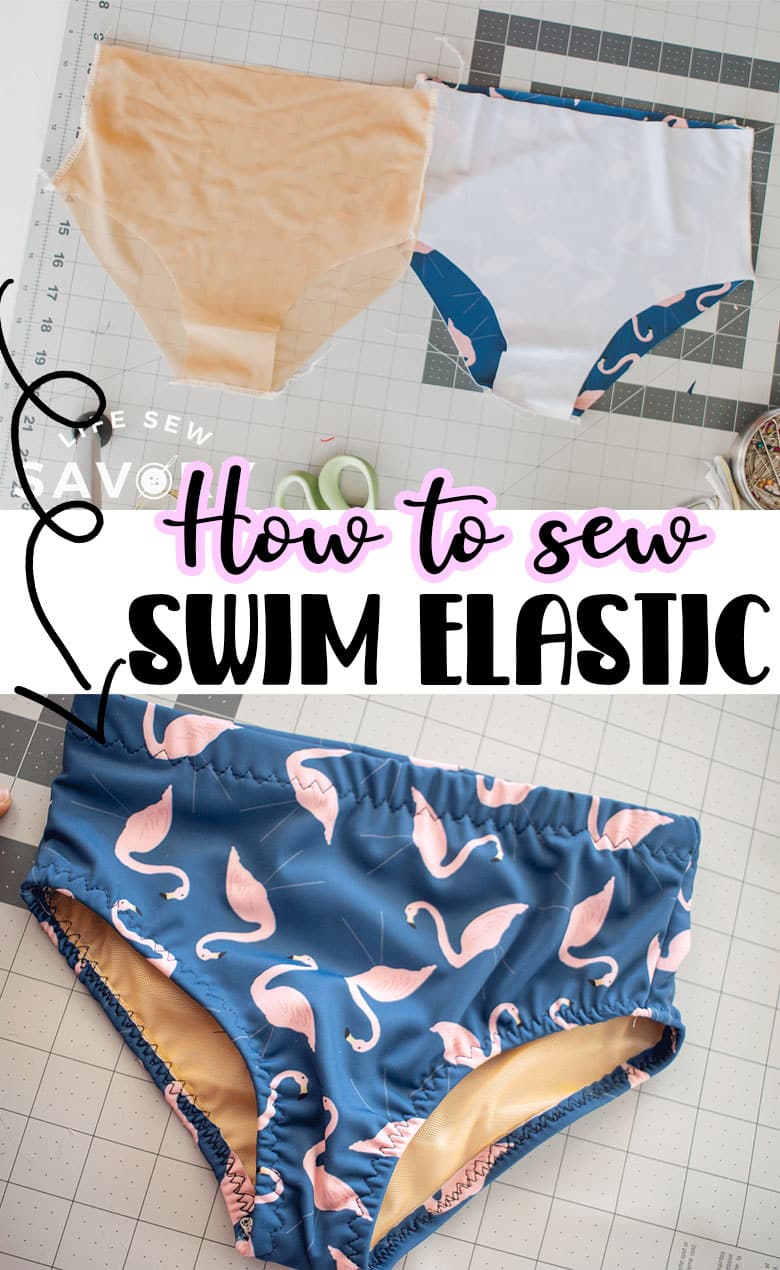
Innovations in Swimwear Elastic
As technology advances, so does the world of swimwear elastic. Some recent innovations include:
1. Eco-friendly Elastics: Made from recycled materials or sustainable sources, these elastics cater to environmentally conscious consumers.
2. Smart Elastics: Incorporating technology that can monitor vital signs or UV exposure, these cutting-edge elastics are paving the way for futuristic swimwear.
3. Antimicrobial Elastics: Designed to resist bacteria growth, these elastics can help keep swimwear fresher for longer.
4. Heat-resistant Elastics: Specially formulated to withstand higher temperatures, making them ideal for hot tubs and saunas.
Conclusion
Choosing the right elastic is crucial for creating high-quality, long-lasting swimwear. While rubber elastic stands out as the top choice for most applications, it's essential to consider individual needs, allergies, and design preferences when making your selection. By understanding the properties of different elastics and following best practices for working with them, you can ensure that your swimwear not only looks great but also performs exceptionally well in the water.
Whether you're a professional swimwear designer or a DIY enthusiast, taking the time to select the best elastic for your project will result in swimwear that fits comfortably, retains its shape, and withstands the test of time. So, the next time you're embarking on a swimwear project, remember the importance of this often-overlooked component and make an informed choice that will elevate your creation from good to great.
Images:
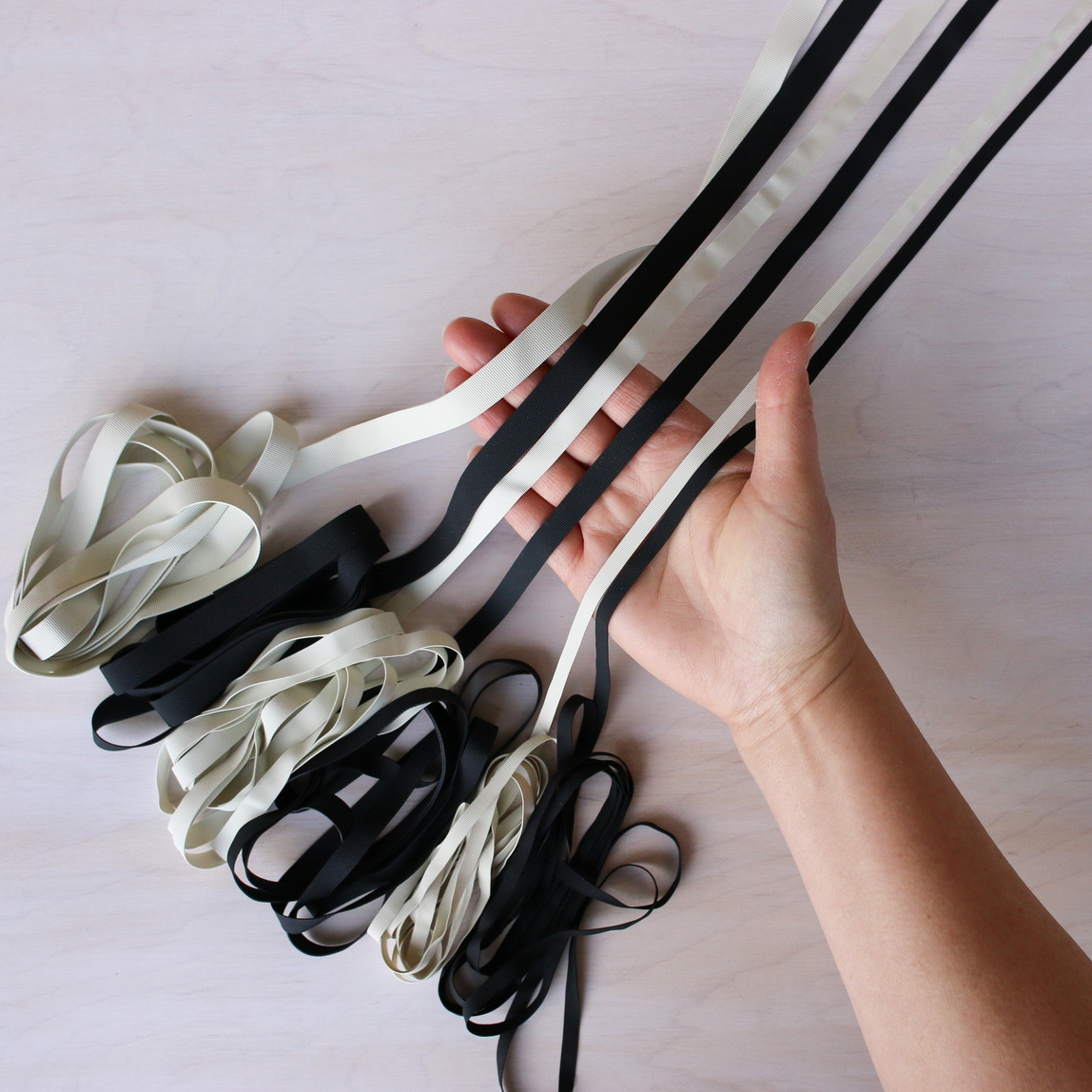
Videos
1. The Best Way to Sew Elastic into Swimsuits and Underwear
2. How to sew elastic in swimwear and activewear - beginner friendly tutorial
3. All About Swimwear Elastic: Most Common Questions & Before You Buy
Frequently Asked Questions
Q: Can I use regular sewing elastic for swimwear?
A: It's not recommended to use regular sewing elastic for swimwear. Swimwear requires specialized elastic that can withstand chlorine, saltwater, and UV exposure. Regular elastic may deteriorate quickly in these conditions, leading to a loss of shape and fit in your swimsuit.
Q: How often should I replace the elastic in my swimwear?
A: The lifespan of swimwear elastic depends on various factors, including frequency of use and care. Generally, if you notice that your swimsuit is losing its shape or the elastic feels stretched out, it's time to replace it. With proper care, good quality swimwear elastic can last for several seasons.
Q: Is it possible to sew swimwear elastic by hand?
A: While it's possible to sew swimwear elastic by hand, it's not ideal. Machine sewing provides more consistent tension and stronger seams, which are crucial for swimwear. If you must sew by hand, use a stretch stitch and be sure to stretch the elastic slightly as you sew to ensure a snug fit.
Q: How do I care for swimwear with rubber elastic?
A: To care for swimwear with rubber elastic, rinse it in cool water after each use to remove chlorine or saltwater. Hand wash in cool water with a mild detergent, and avoid wringing or twisting. Lay flat to dry away from direct sunlight, as heat and UV rays can degrade the elastic over time.
Q: What width of elastic is best for swimwear?
A: The most common widths for swimwear elastic are 1/4 inch (6mm) and 3/8 inch (10mm). The choice depends on the style of the swimsuit and personal preference. Wider elastic provides more support and is often used for waistbands, while narrower elastic is suitable for leg openings and smaller areas.






































